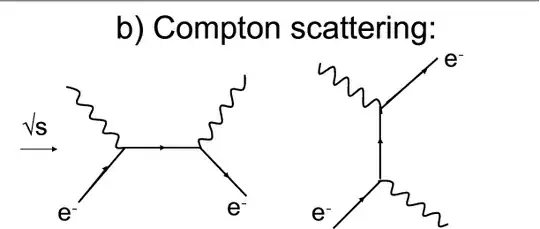Any electron (in the shell) at any orbit of around of an atom can be stimulated by photon (of course as depending on the energy level of photon). So that, it can change its orbit and come back previous by emitting photon.
But in the Space, although there is lots of different photons in cosmic waves with all different energy levels and frequencies, the free electrons can not be excited by these photons.
Why? And what is the difference for this free electron and the electron of an atom (which may be interacting with a photon)?
I asked this question, because of photoelectric effect. I try to understand, the situation of an electron after it is separated from atom by a (hitting) photon and this electron can carry energy which we define it as electricity.

